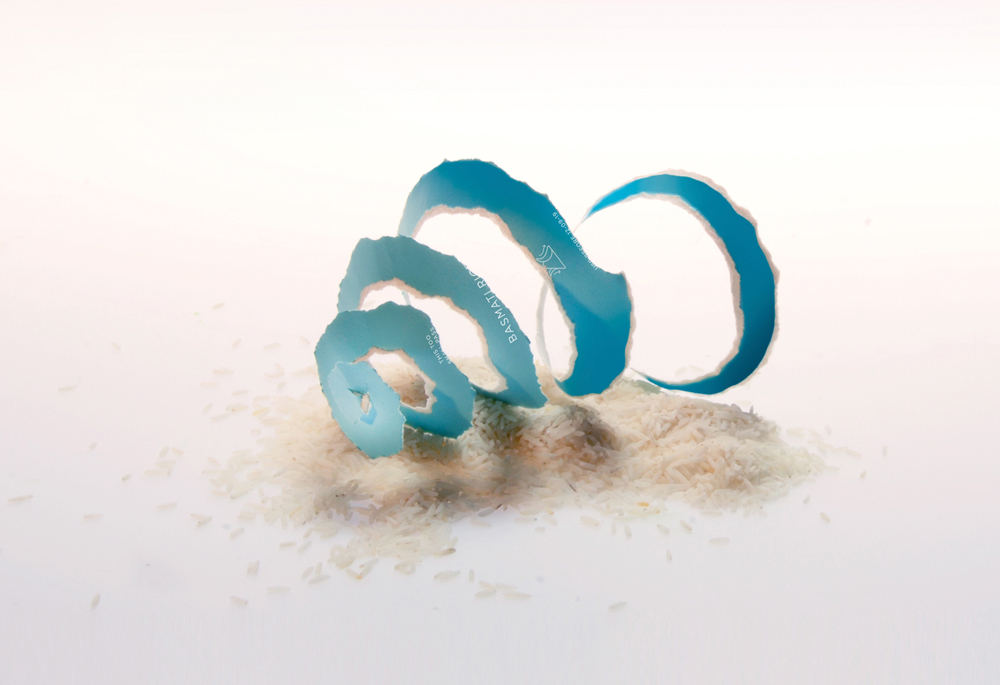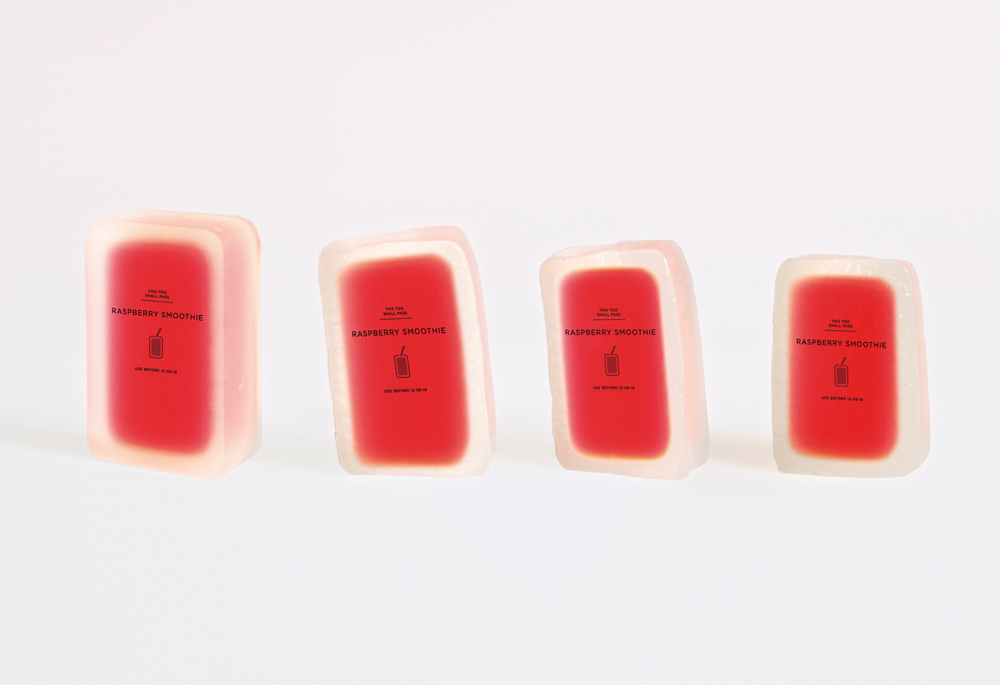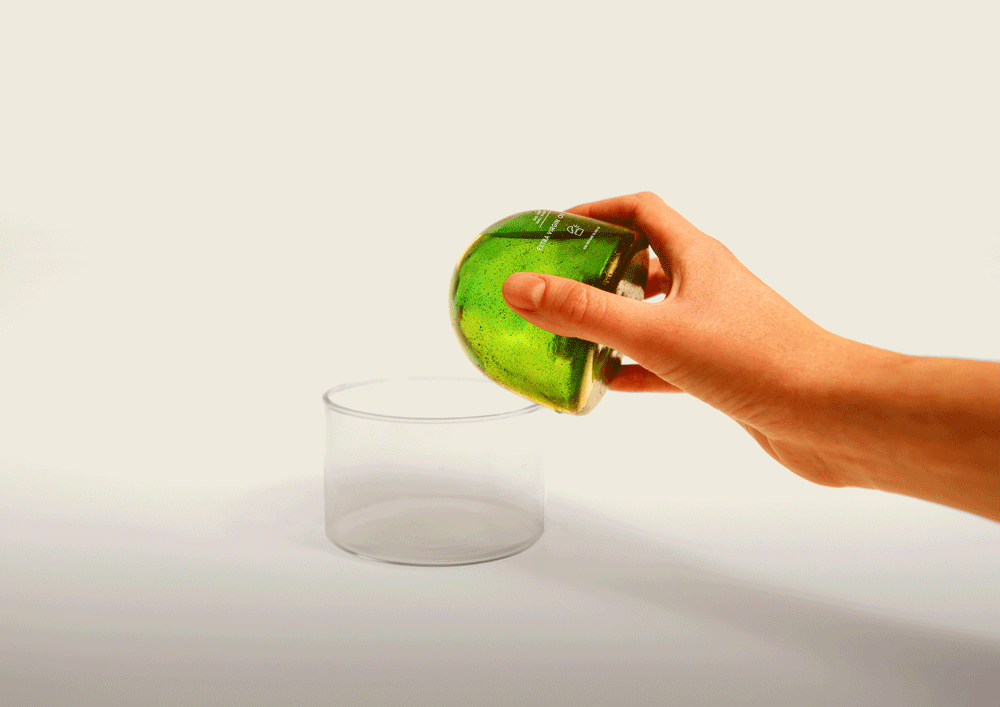While looking through the New York Times site, I came upon this short video on the history and current conditions of New York’s Water Supply. It reminded me of the day Professor Branco discussed the source of the algae blooms in Prospect Park, and I wanted to share it with anyone who was interested in looking further into the water system that New York has.
In recent years, there seems to be a growing number of studies on bisphenol-A that contradict each other. One study claims that BPA is somehow linked to child obesity, while more popular studies propose that BPA is an “endocrine disruptor” (a chemical that mimics the structure of certain endocrines, like estrogen, and disrupts the balance of said endocrines in the human body). On the other side of the spectrum, alternate research seeks to disprove the claims that BPA is harmful to humans, and that BPA consumption is not in quantities significant enough to pose a threat (if there really is one). With the possibility of such threats from this enigmatic substance (BPA is found in almost every container we eat and drink from) it is important, as a general consumer, to become informed about the studies that are taking place and to make your own educated inferences until conclusive evidence is found.
One “discrepancy” in the opposing arguments is that groups concluding that even “low dosages” of BPA are harmful are using dosages that are still much higher than the average BPA intake. Epidemiologist and Forbes writer Geoffrey Kabat points out skeptical scientists/researchers who claim that most instances of BPA causing harmful effects were ones where even the “low doses” were much more than average. The moral of the story, when researching BPA, or any other science-related issue, it is important to be able to sift through different conclusions based on the means of research, and the methods by which data was collected. It is still very possible that BPA has harmful effects on the endocrine system, but larger-than-normal doses of the substance will not provide real-life conclusions.
Other scientists have suggested that “endocrine disruption” may occur with the consumption of even small amounts of BPA, however, this phenomenon should not be judged as an “end point.” In other words, scientists should not be so quick to make the conclusion that BPA causes endocrine disruption, as the effects of this may not be so clear. Studies now claim that BPA causes endocrine disruption–and that’s a bad thing. But many opposing scientists argue that research conclusions should not revolve solely around the endocrine-disruption phenomenon. A group of leading toxicologists led by Daniel Dietrich of the Faculty of Biology at the University of Konstanz, Germany, claims that “assessment of a hazard should be based on ‘whole human or animal systems’ and not on ‘isolated test systems of unknown homeostatic significance’ and on a characterization of ‘real-life potency.'” [1]
There is plenty of contradicting research on the topic of BPA. But while we wait for more conclusive data to be presented, we can take a moment to reflect on the research that has been done already, and determine for ourselves whether drinking from a plastic bottle is worth the (not so clear) risk.
1. Kabat, Geoffrey. “The raging controversy over BPA shows no signs of abating.” Forbes.
What is the American Littoral Society?
Posted by: Anna Fyalkowski | September 19, 2014 | 1 Comment |We are all doing this project that is being posted on this website for this society, but do we know what it is or what they stand for? The American Littoral Society specifically centers around the well-being and preservation of marine life and its habitat. Since 1961 they have been the connection between marine life and concerned citizens. They have fostered marine habitat restoration in which citizens become involve and foster their passion for the coast and its preservation. Their main method of education relies on hands on experience in which they lead students into the water and get their hands dirty. Through this experience students realize the need for continuous protection and care for the endangered marine habitats.
Apart from the participating students, there are many members of the American Littoral Society that helped build and maintain its foundation. The president of the society is Kathleen Gasienica. Kathleen’s first experience with volunteering in marine biology preservation was her work in the Clean Ocean Action program, which provided education in schools and in the field on a variety of marine topics. She then continued her field research to encompass The New Jersey Sea Grant Consortium, in which she educated grades K-12 on field work and hands on participation of preserving the New Jersey coasts. In 2008, Kathleen transitioned from field work to mainly desk work, becoming the President of The American Littoral Society. Since then she’s organized events and expeditions that promotes the conservation of a myriad coastal regions.
So what does all of this mean for us? I think that learning about the society and its mission we now have a clear point to focus all of our videos around. Because although we are doing this video for class, we are also doing it as a channel for The American Littoral Society and their educational efforts on coastal preservation. Using this information, we should now be able to link the information we learn from this project to the overall goal of conserving marine habitats in our respective videos. I’m excited to see everyone’s videos!!
References:
http://www.linkedin.com/pub/kathleen-gasienica/1a/971/14
http://www.littoralsociety.org/
As a class of environmentally conscious individuals, we spend a lot of time and energy analyzing the presence of plastic in marine environments. But what if there was a way to remove plastics from the equation?
A creative duo at the Swedish design team, “Tomorrow Machine” are doing just that. The team, appropriately named for its futuristic designs, focuses on inventing “sustainable packaging food wrappers that can change shape to double as a dish or bowl, and packaging that’s meant to be composted or washed down the drain.” These two approaches physically took shape two years ago when the team released their “This Too Shall Pass” line of products.
The cleverly titled line, featured the following items:
The materials used are among a select few biodegradable materials that don’t react with or alter the contents of the package. The search for similar materials continues. The materials used do not interfere with the flavor of the food but the team has mentioned the possibility of flavorful packaging.
As exciting as this breakthrough may be, there are several crucial questions, the sources fail to address. One such question is: if this packaging were to be mass-produced, would production of these materials lead companies to use GMOs and environmentally harmful methods to keep up with demand? Could these products become targets for bio-terrorists? Lastly, due to the packaging’s short shelf life, would disposal of unopened food and beverage products increase, contributing to landfills? As the team further develops its prototypes, hopefully, they can provide the answers.
And when will you find this packaging lining the shelves of Whole Foods, Trader Joe’s, independent food co-ops and any other place hipsters gather to eat? The designer duo estimates that day will come five years from now.
Sources:
http://www.iflscience.com/environment/meet-next-generation-waste-free-food-packaging




